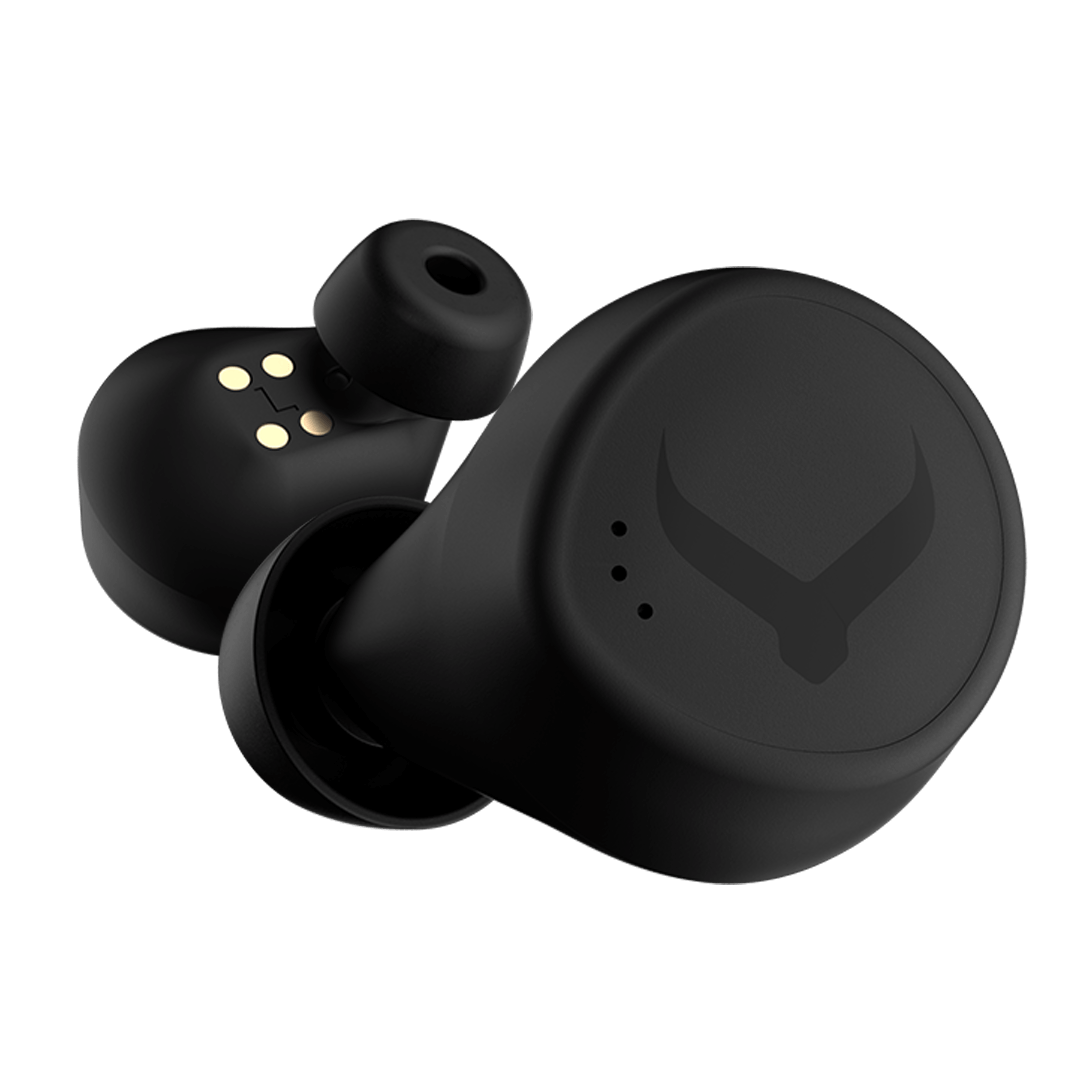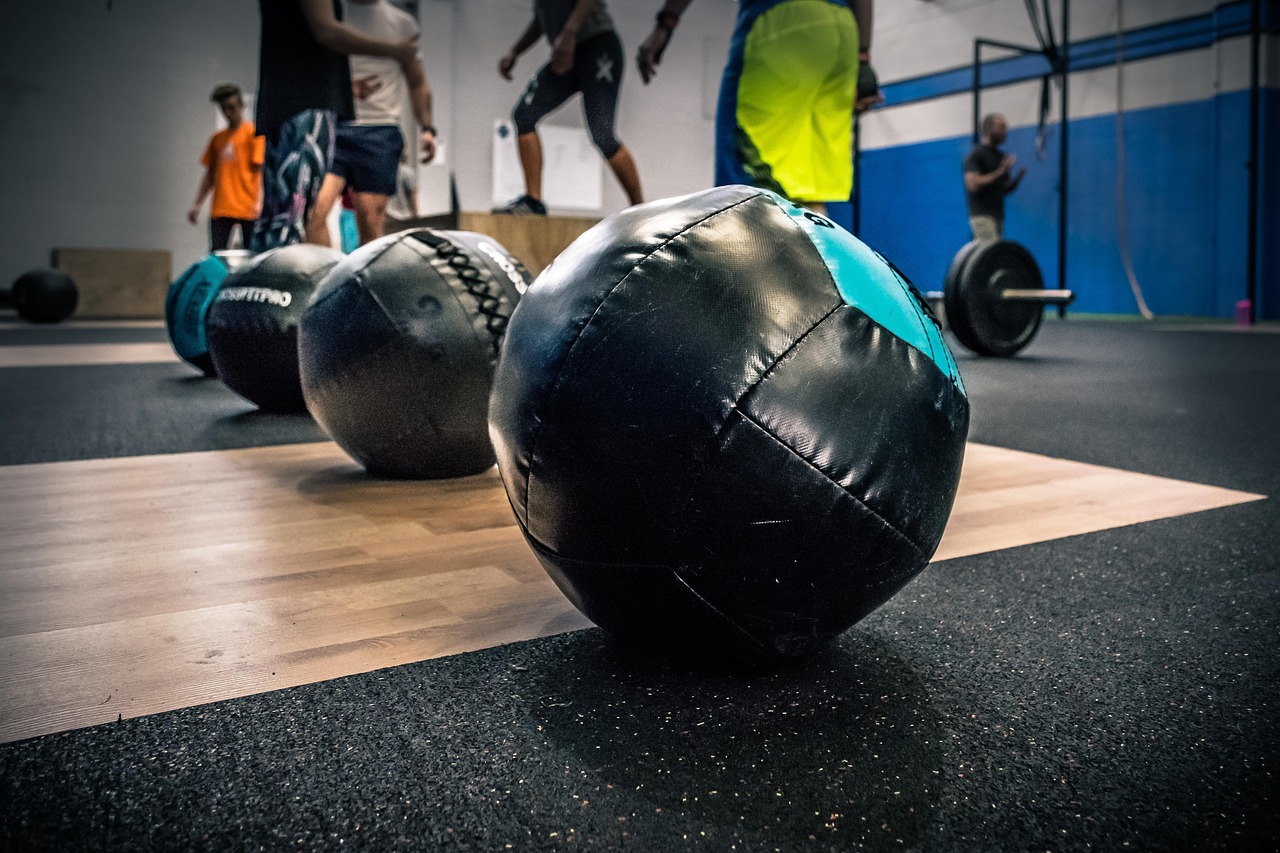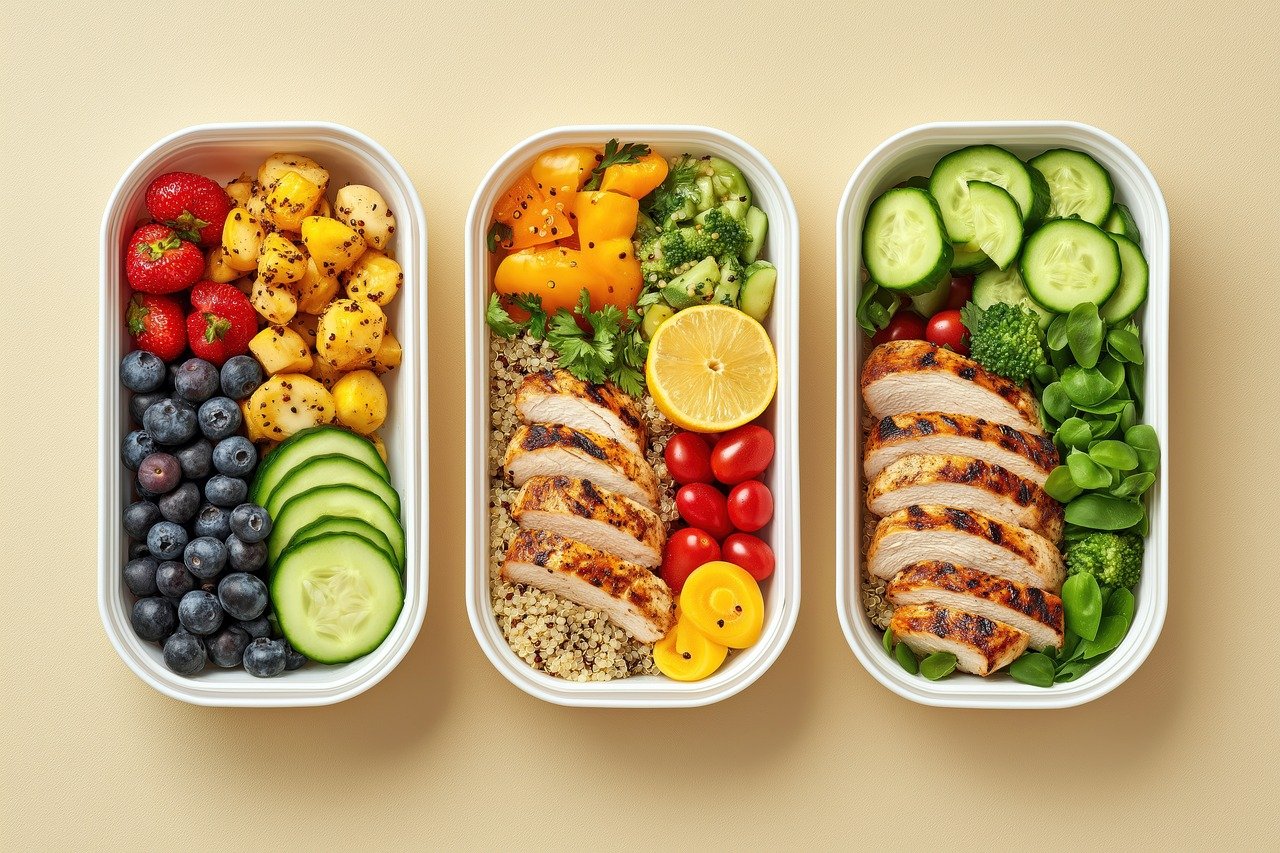
From Couch to Competition: Beginner's Guide to Functional Fitness
Functional fitness has exploded in recent years. From local CrossFit boxes to international competitions like HYROX, more people are discovering the benefits of training movements that carry over into everyday life. But for many beginners, the idea of going from "couch mode" to competing in front of others feels impossible. The truth? Functional fitness is built on accessibility. With the right approach, anyone – regardless of starting point – can progress from complete beginner to competition ready. This guide shows you how.
Why Functional Fitness?
Unlike traditional gym training that isolates muscles, functional fitness focuses on movements like squats, pushes, pulls, and carries – the same patterns you use in daily life. This means you don't just get stronger in the gym, you also:
- Move better in everyday tasks (carrying groceries, climbing stairs, playing with kids)
- Build full-body strength and coordination
- Develop cardio fitness and muscular endurance together
HYROX describes itself as "the fitness race for every body." That ethos is key – these events are designed so beginners can participate while still challenging elite athletes.
Step 1: Start with the Basics
If you're starting from scratch, don't worry about competition yet. Focus on mastering these foundation movements:
- Squat – bodyweight at first, then add resistance
- Push – push-ups, wall presses, or dumbbell presses
- Pull – resistance band rows or assisted pull-ups
- Hinge – hip hinge patterns like deadlifts or kettlebell swings
- Carry – farmer's carries with dumbbells, kettlebells, or household objects
These basics build the platform for everything else in CrossFit and HYROX.
Step 2: Build Your Aerobic Base
Functional fitness competitions aren't just about strength – they require sustained energy. A typical HYROX event includes 8 x 1km runs between workout stations, while CrossFit workouts often demand high-intensity intervals.
As a beginner, your aerobic base is your biggest performance booster. Start with:
- 2–3 runs per week (20–40 minutes, easy pace)
- Rowing or cycling sessions if you prefer variety
- Interval sessions once per week (e.g. 1 min jog, 1 min brisk walk x 10)
Step 3: Progress Through Structured Training
After 6–8 weeks of foundations, you can start layering intensity and complexity. That means:
Workouts combining strength + cardio
Example: 10 push-ups → 200m run → 10 squats → 200m run (repeat 5 rounds).
Introduce benchmark workouts
CrossFit's famous "Girls" (like Cindy or Fran) and HYROX simulation workouts give you measurable goals.
Track your progress
Use apps, training logs, or wearables to monitor performance gains.
Step 4: Understand Recovery
Beginners often assume "more is better." But rest and recovery are when adaptation happens. Plan at least:
- 1–2 rest days per week
- Mobility drills for hips, shoulders, and thoracic spine
- Sleep and nutrition strategies (more below)
Step 5: Nutrition for New Functional Athletes
You don't need an advanced sports nutrition plan as a beginner — but a few basics make a huge difference:
- Prioritise protein: aim for protein in every meal (chicken, beans, eggs, tofu)
- Balance carbs: fuel your workouts with rice, potatoes, oats, fruit
- Stay hydrated: dehydration impacts performance faster than almost anything else
- Don't fear calories: building muscle and endurance takes fuel
Step 6: Prepare for Competition
Once you've built up to training 3–5 times a week consistently, you can start eyeing your first event. The HYROX season runs globally and welcomes beginners. CrossFit affiliates often run intramural competitions designed for new athletes.
Preparation steps:
- Set a realistic timeline – allow 12 weeks of training before your first event
- Practice the format – HYROX workouts are standardised, so you can replicate them in training
- Learn pacing – don't sprint early; endurance and steady output are key
Step 7: The Mental Side of the Journey
Going from the couch to competition is as much psychological as physical. Beginners often fear embarrassment or "not being good enough." The reality is: every athlete starts somewhere, and most of your competitors will be focused on their own race.
- Build confidence by training with friends
- Celebrate small wins (first 5km run, first unbroken set of squats)
- Remember: the competition is just a checkpoint, not the finish line
From Beginner to Competitor
You don't need elite genetics or expensive equipment to go from couch to competition. You need structure, patience, and consistency. Functional fitness rewards effort and progress, not perfection.
Key Takeaways
- Functional fitness is accessible to everyone – from complete beginners to elite athletes
- Mastering basic movement patterns is the foundation for progress
- Aerobic base building is essential for long-term success
- Recovery and nutrition are as important as training itself
- HYROX and CrossFit provide realistic, structured competition formats for newcomers
.avif)



.avif)
